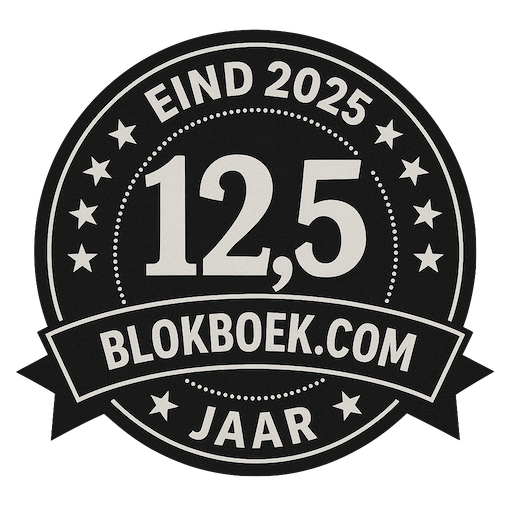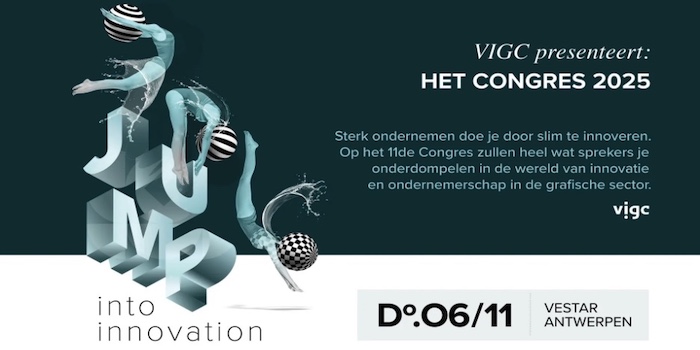Laurel Brunner: Green Climate Fund Moving Forward
 Progress is being made to spend the $10 billion that has been committed to the Green Climate Fund (GCF). This fund is an investment fund set up by 194 governments and it’s goal is to provide a global investment vehicle to fund growth that also aids climate change mitigation. The GCF is funding public and private initiatives that facilitate low emission growth development projects, with a benign influence on the environment. Let’s face it, nothing is going to slow down climate change unless there is money to be made. And that’s what the GCF is all about.
Progress is being made to spend the $10 billion that has been committed to the Green Climate Fund (GCF). This fund is an investment fund set up by 194 governments and it’s goal is to provide a global investment vehicle to fund growth that also aids climate change mitigation. The GCF is funding public and private initiatives that facilitate low emission growth development projects, with a benign influence on the environment. Let’s face it, nothing is going to slow down climate change unless there is money to be made. And that’s what the GCF is all about.
This fund seems pretty remote from the day to day business of printing and publishing, so why should the graphics industry care about it? A couple of reasons spring to mind. Probably the most obvious one is that printing and publishing have traditionally done well when a country’s GDP improves. So interest in the activities and investments of the GCF are one very basic reason to care if you do business in Africa or Asia or both.
Another reason is that there no constraints on the type of projects for which GCF funding is available. So perhaps developing a solar powered distributed educational publishing system, linked to an on demand printing network all driven from a cheap mobile phone would be of interest? Such ideas take vision and funding to put into action but shouldn’t be beyond the imaginations of innovative publishers, printers or press manufacturers who count publishers amongst their clients. Perhaps even local industry associations should be showing some interest in the GCF, on behalf of their members. Training and development projects related to new employment and business opportunities would surely benefit local members.
The GCF has recently approved the first seven entities to be responsible for channelling that $10 billion to developing country projects. This will be done internationally, nationally and regionally, and currently organisations in Peru, Senegal and Samoa are signed up to allocate funds. They are joined by the Kreditanstalt für Wiederaufbau, a German development bank set up in 1948, the Asian Development Bank which was set up in 1966 and the UN Development Programme. This group is just the initial cohort and the GDF has an open invitation for organisations to submit proposals to both be responsible for allocating funds and for coming up with projects. The application process is a necessarily complex and long, but for printers, publishers and manufacturers who really do want to make a difference in developing countries, the time spent is surely more than worth it. Who knows what new markets it might seed.
Laurel Brunner

This blog has been made possible by: Agfa Graphics (www.agfa.com), Digital Dots (http://digitaldots.org), drupa (www.drupa.com), EFI (www.efi.com), Fespa (www.fespa.com), Heidelberg (www.uk.heidelberg.com), Kodak (www.kodak.com/go/sustainability), Mondi (www.mondigroup.com/products), Pragati Offset (www.pragati.com), Ricoh (www.ricoh.com), Shimizu Printing (www.shzpp.co.jp), Splash PR (www.splashpr.co.uk), Unity Publishing (http://unity-publishing.co.uk) and Xeikon (www.xeikon.com).
Blokboek.com is the Dutch media partner of Verdrigris, a non-profit initiative which aims to realistically chart the real footprint of printing and which helps companies and organisations to lower that footprint. More information about Verdrigris can be found via this link.

De trainingen voor 2022 staan gereed. Kijk voor het volledige online aanbod van bestaande- en nieuwe trainingen op de website.
BLOKBOEK.COM EN PRINTMEDIANIEUWS: HET OPTIMALE DOELGROEP BEREIK


















